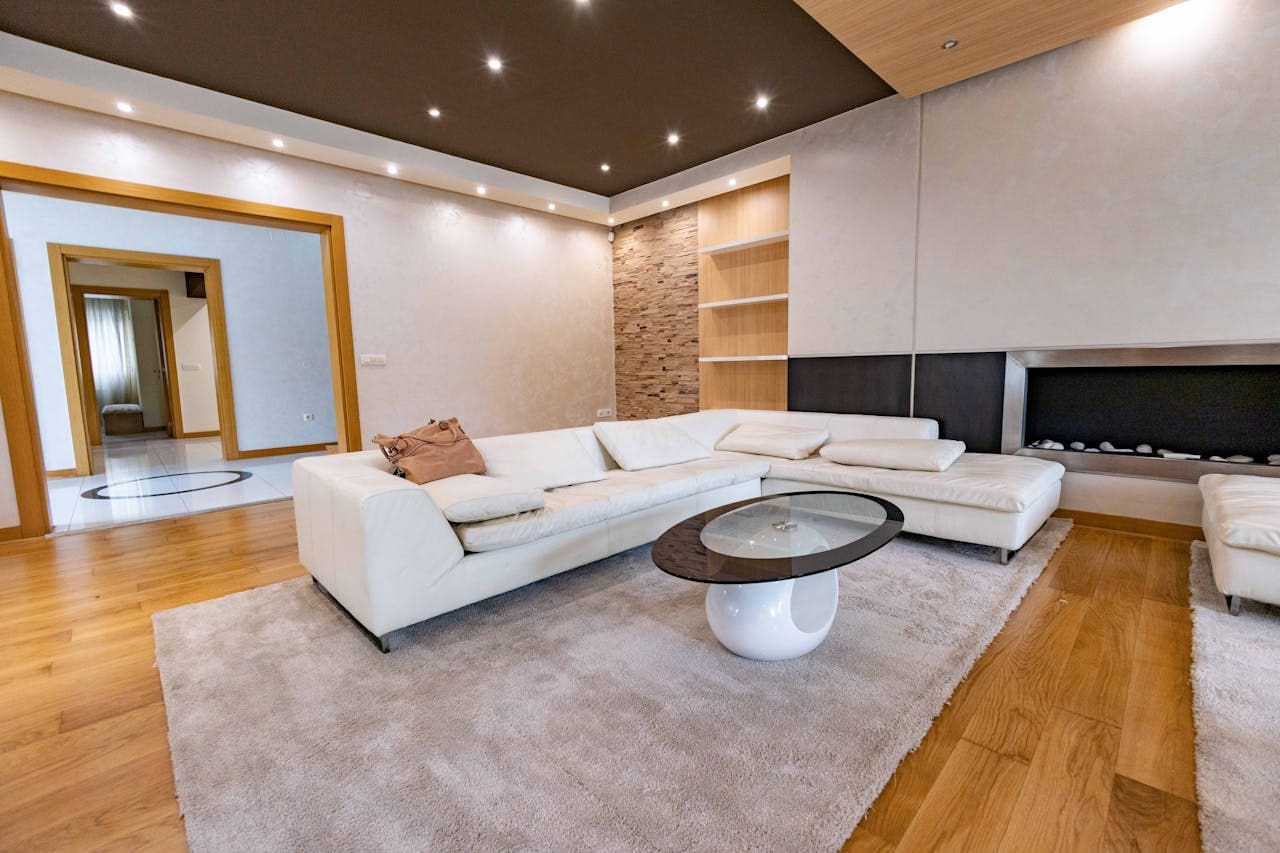Adding colour to your home is a great way to express personality and create a welcoming environment. However, it’s important to do this thoughtfully to avoid overwhelming your space. The right balance of colours can enhance a room, making it feel lively and cohesive.
Understanding how colours affect emotions and perceptions helps in making smart choices for each room. With careful planning, you can introduce vibrant hues without them clashing or feeling chaotic. This balance is essential for creating an inviting atmosphere that feels just right.
By using accents, textures, and patterns, you can add splashes of colour strategically. This method allows for easy updates and seasonal changes, keeping your home fresh and stylish year-round. Exploring creative ways to bring colour into your space can be both fun and rewarding, making your home a true reflection of your unique taste.
Understanding Colour Psychology
Colours have the power to change our mood and perception dramatically. Each hue can evoke different emotions, influencing how we feel in a room. For instance, blue often brings a sense of calm and tranquility, making it perfect for bedrooms or bathrooms. On the other hand, yellow can brighten a space and lift spirits, making it ideal for kitchens or play areas.
Choosing the right shade is essential in setting the tone for a room. Warm colours like red, orange, and pink tend to energise and create a cosy atmosphere. These are great for living rooms or dining areas where social interaction is key. Cooler hues like green and purple can be refreshing and help with relaxation, perfect for studies or retreats.
When picking colours, consider how natural light interacts with them. A room with lots of sunlight can handle deeper, richer colours, while a dimmer space benefits from lighter, more reflective tones. This choice helps balance the ambience and mood across your home.
Think about the specific purpose of each room, and select colours that support those activities. Matching the psychological effects of colours with the intended uses of rooms creates a harmonious, functional home environment.
Using Accents and Accessories
Accents and accessories are fantastic for introducing colour without overwhelming the space. Small items can make a significant impact when thoughtfully placed. Consider incorporating colourful pillows on a neutral sofa to add warmth and charm. Pillows are easily swapped or rearranged, offering versatility with the seasons.
Rugs also provide an opportunity to introduce colour and can help define different areas within a room. A bright rug can add vibrancy to a living area, while a patterned one can bring depth to a neutral space. Choose rugs with patterns that complement existing decor for cohesiveness.
Artwork is another effective way to add colour. Bold pieces on a plain wall can act as focal points that draw attention. Alternatively, a series of smaller artworks in similar hues create unity and interest. As styles and tastes change, rotating artwork is simple and keeps the decor fresh.
Consider the impact of seasonality. During cooler months, warm accessories can create cosiness. In contrast, lighter, breezier colours work well in the spring and summer, making spaces feel more airy. This ability to adjust colours with the seasons ensures your interior stays dynamic and engaging year-round.
Creating Contrast and Balance
Balancing colour in your home is crucial to avoid a chaotic look. Mixing bold and neutral colours can maintain harmony while adding character. Start by choosing a dominant colour as the foundation. Neutrals like white, grey, or beige often work well because they provide a clean backdrop that allows bolder colours to stand out.
Introduce bold colours as accents to liven up the space. Red, teal, or mustard can make a statement without taking over. Use these in small doses—for instance, in vases, cushions, or trims. This approach keeps the room cohesive yet lively.
Different tones of the same colour can achieve a seamless look. Using various shades of blue, for example, connects different elements across the room. Light blue walls combined with navy curtains or teal decor items create depth and interest.
Textures and patterns also help balance colour use. They break up larger areas of solid colour and add layers to the design. A textured throw or patterned wallpaper can offer complexity that makes a room feel complete. By balancing bold and neutral tones, you create an inviting home that flows effortlessly.
Experimenting with Patterns and Textures
Patterns and textures play a significant role in enriching your home’s colour scheme. Incorporating them can enhance visual interest and enliven a space without overwhelming it. Combine simple patterns with solid colours to add flair. Stripes or polka dots mixed with plain backgrounds keep things interesting without clashing.
Texture adds another layer of sophistication. It appeals to the senses by adding depth. Mixing materials such as wool, silk, and wood can make a room more engaging. A textured wall panel or a faux fur rug can provide a cosy contrast to flat surfaces.
You can strategically layer patterns to add character. Start with a subtle base pattern, then add bolder designs sparingly. For example, a floral-patterned chair on a solid carpet creates a focal point that attracts attention.
Textures offer sensory experiences and highlight specific areas within a room. Fabric textures like velvet or linen can soften a space, while shiny surfaces like glass or metal provide modern touches. Patterns and textures should accentuate rather than compete, creating harmonious balance in your design approach.
Bringing It All Together
Incorporating colour into your home doesn’t have to be overwhelming. With the right techniques, you can create a balanced, lively space that reflects your personality. Understanding how colours affect moods and using strategic accents can transform each room into a harmonious environment. Remember to play with contrast, balance, and textures to add depth and interest without overdoing it.
As you explore these ideas, you’ll find that even small changes can make a big impact. By carefully selecting colours and decor elements, your home will feel more cohesive and welcoming. Whether redecorating a single room or your entire house, these tips will help you add colour with confidence.
Are you ready to transform your home with the perfect balance of colour? At Get Staged Newcastle, we specialise in helping homes look their best through expert house staging and styling advice. Reach out to us today to see how we can bring your vision to life and create a stunning space that you’ll love.

